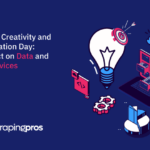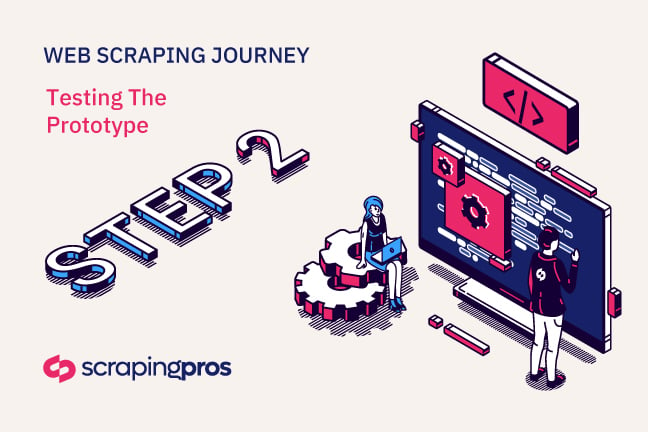In the previous Web Scraping Methodology post, we explained how to identify the data sources. These simple and easy-to-follow posts are part of a series of educational content to understand how Scraping Pros implements an effective and unique methodology to obtain excellent results. Through this journey, you will be able to discover the incomparable value of testing a model tailored to the client’s needs and developing an optimal prototype, like a practical Demo of your project.
Why Is Web Scraping Important?
Without a doubt, Web Scraping has become an increasingly required and profitable practice for any type of company or industry. However, not in all cases the work methodology is sufficiently refined or tested. Or simply, you just don’t know how to find the accurate and correct information to make a business decision, especially when choosing a web scraping service provider.
For this reason, we invite the reader to immerse themselves in this detailed methodology, understanding what web scraping is all about and how you can build a model that is as efficient as possible to extract interesting and valuable data from different websites. All of these methodologies must be Customer Centered, to be simpler, accessible at their cost, and easy to implement.
The basic scheme of web scraping is easy to explain. First, the scraper developer analyzes the HTML source text of the web page in question. Typically, you will find clear patterns that will allow you to extract the desired information.
The service will then be programmed to identify such patterns and will do the rest of the work automatically: Open the web page via the URL; Automatically extract structured data from patterns and Summarize, store, evaluate, or combine the extracted data, among other actions.
Web scraping can have very diverse applications. In addition to search engine indexing, it can be used to create contact databases, monitor and compare online offers or product prices, gather data from various online sources, observe the evolution of online presence and reputation, better understand the behavior of consumers, compare data about our business with the competition, observe changes in the content of web pages, carry out marketing research or perform data exploration or data mining, among many other uses.
But one of the key aspects of this methodology, which we determined as Step 2 (since Step 1 was identifying the website sources) is to test the custom-created model and create the prototype that we will then implement in the public data extraction.
Configuring the Web Scraping Architecture To Each Customer
To carry out this configuration process it is extremely necessary:
- Study Websites: Study the structure and behavior of target websites to determine the best approach to extract the desired information from the particular client.
- Writing the code: It involves writing the source code to extract the data from the target websites using the best techniques.
- Testing the code: In this case, the code will have to be tested and refined as necessary to ensure accurate and reliable data extraction.
- Model Testing: Ensures that data recovery is done efficiently and promptly.
- Prototype: Offer a practical demonstration of your project, to demonstrate that our service can work effectively and efficiently customer-centered (sample data provided to the client based on and according to their needs, requirements, etc.) and is viable to be implemented.
Why trusting Scraping Pros is the key to success
Scraping Pros meets the best quality standards and benchmarks on the market. Our experience and track record in providing Web Scraping solutions make us the most technically sound choice to face this process.
From the point of view of testing the model and developing the prototype, as a Demo of your business project, we focus on preparing the scrapers to study the structure, architecture, and behavior of the websites of interest to the client. Write the code to extract the relevant data Test the code and refine it to ensure accurate and reliable data extraction.
Ultimately, this process allows us to recover and extract the client’s desired data, from the sites chosen as the main target, and achieve it in an increasingly systematic and efficient way. We focus on the needs and expectations of the client so that they have the feasibility and viability of being able to implement this substantial change in their value chain. At the same time, all our practices are legal, ethical, and supported by compliance regulations regarding public data.






